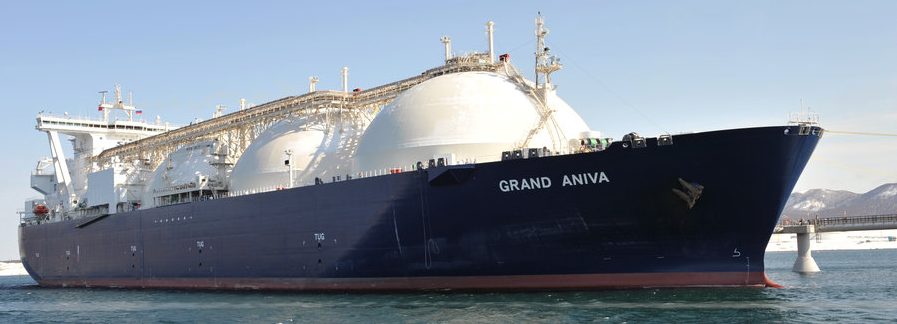
Vast majority of customers in the European Union located in highly liquid and competitive markets
A major transformation is poised to advance Europe’s energy security goals and improve natural gas flows in European markets, according to a new report by business information provider IHS Markit.
New sources of supply via increasing global liquefied natural gas (LNG) capacity and pipelines, along with continued market integration, will provide European gas customers greater flexibility and choice and further the integration of Europe with global gas markets and prices.
The report, entitled European Natural Gas—The New Configuration, says that most European gas customers will have greater opportunity to choose among competitive supply options by the early 2020s.
The report points out that the changing landscape for gas in Europe is especially timely considering the decline of indigenous supply sources on the continent.
The Dutch government recently announced that production from its Groningen field—historically the bedrock of EU supply—must be reduced drastically by 2022 and must close completely “as soon as reasonably possible.”
Prior to this announcement, the Netherlands and the United Kingdom—two key pillars of European supply—had already declined from meeting 35 percent of EU demand 15 years ago to just 17 percent today.
Greater capacity for gas imports—from several currently planned and potential pipelines such as Nord Stream 2, Eugal, Turk Stream and Trans-Adriatic Pipeline (TAP) and Trans-Anatolian Pipeline (TANAP)—along with greater LNG import capacity, will more than compensate for the reduction in indigenous supply, the report says.
IHS Markit projects that global LNG capacity will increase by 40 percent from the beginning of 2017 to 2022. Part of this growth will come from the United States, where new LNG capacity to export globally will more than triple to 67 million tons over the same period.
IHS Markit expects Europe’s total natural gas import capacity to increase by more than 20 percent by 2020. In 2017 European consumers imported 348 billion cubic meters of gas, which meant that Europe’s total import capacity was used at 58 percent.
There is significant spare capacity, notably in LNG regasification facilities in western Europe. Additional investments—primarily pipelines—could increase import capacity by more than a further 100 Bcm.
These levels of capacity will be sufficient to meet a growing demand for natural gas imports as onshore and North Sea supplies decline, and critically, support the role of storage in meeting winter and weather fluctuations.
“Gas supply to Europe is on the cusp of a fundamental shift that will ultimately transform flow patterns for the entire continent,” said Daniel Yergin, vice chairman, IHS Markit. “Europe will continue to become more integrated with the world market, marking the globalization of European gas.”
“Europe is well positioned for these transformative changes as the traditional sources of supply are replaced by imports from an emerging diversified and growing global gas market,” said Michael Stoppard, chief global gas strategist for IHS Markit. “The expanded availability of diverse sources of supply is built on the twin pillars of pipelines and LNG.”
As a result of growing imports and greater connection to LNG, IHS Markit expects European gas prices to be increasingly set by the global market. Spot gas prices across the EU should converge within a narrow price range. This closer convergence in pricing will stand in contrast to North America where prices can vary widely across the continent.
The report observes that a vast majority of customers in the European Union are today located in highly liquid and competitive markets—the result of a decades-long path of regulatory liberalization and competition policies.
“This coming transformation of European gas flows encapsulates profound and ongoing steps toward the goal of creating a single, pan-European gas market,” said Shankari Srinivasan, vice-president, gas & power for Europe at IHS Markit.
But, the report says, the completion of Europe’s Internal Energy Market needs to continue to ensure that remaining areas, primarily in central/southeastern Europe, can be fully integrated. These market changes are consistent with the EU’s energy supply security strategy.
“The physical point at which gas enters the European market, whether by pipeline or LNG tanker, and the identity of the supplier is becoming of less and less significance. Market forces are creating checks and balances that bring cost-effective gas supply to consumers,” concluded Srinivasan.


Be the first to comment